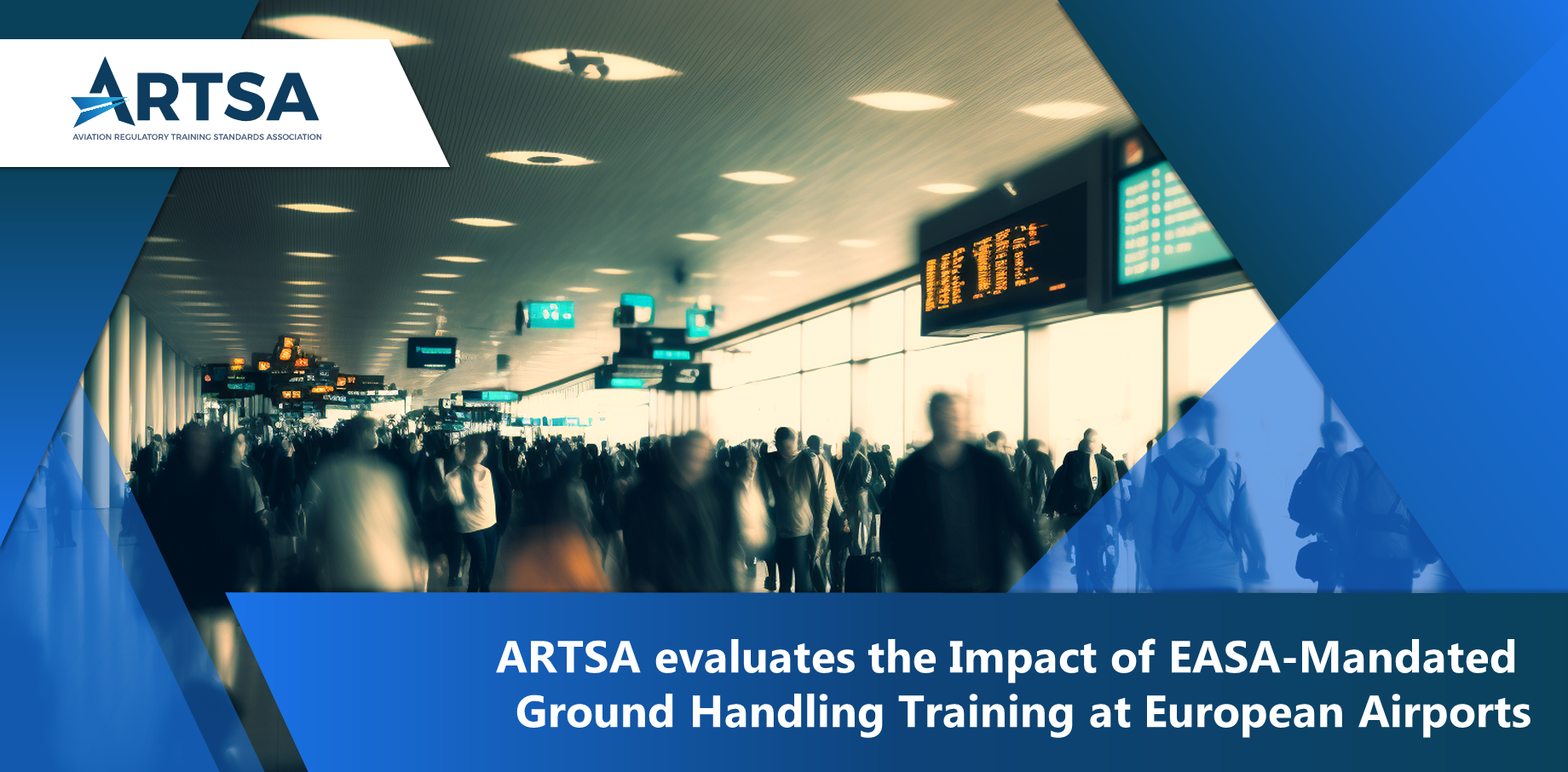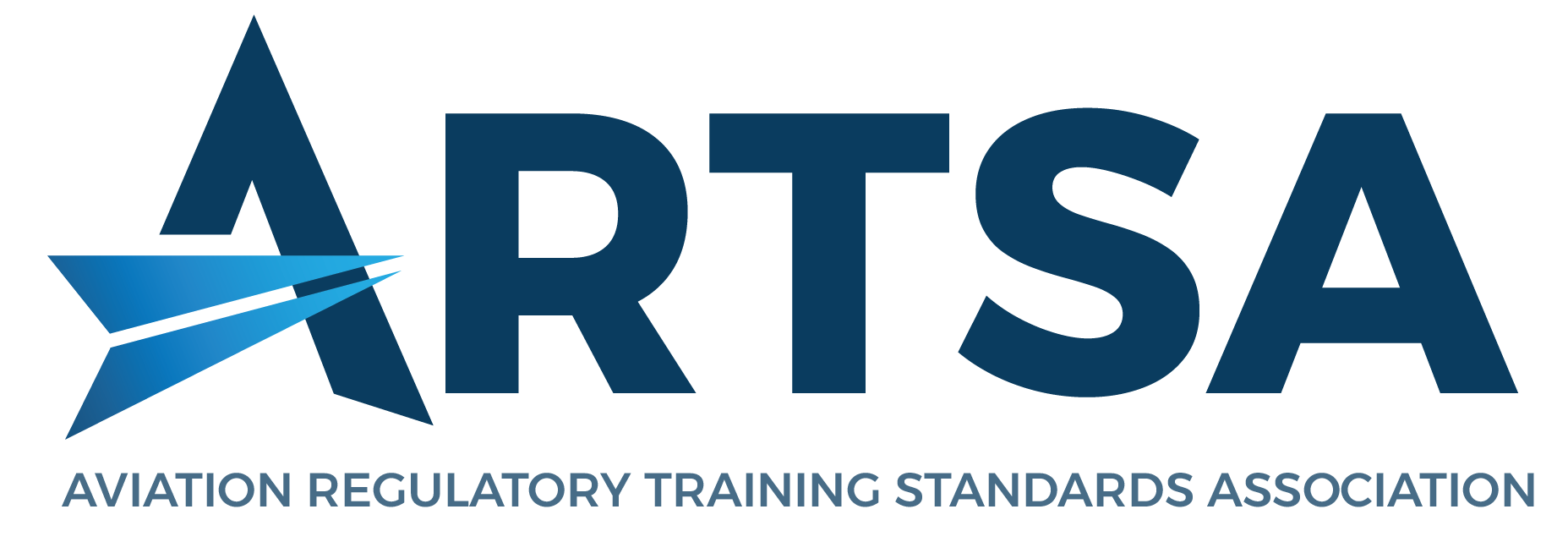
Introduction
The European Union Aviation Safety Agency (EASA) has embarked on a groundbreaking initiative to regulate ground handling across EU airports through the introduction of comprehensive ground handling regulations.
This initiative, poised to impact approximately 300,000 workers in the ground handling industry, is not just a regulatory measure but a strategic move to address a longstanding regulatory vacuum, ensuring enhanced safety and consistency in ground operations before and after flights.
The proposed regulations, expected to be published in late 2024 or early 2025, will introduce a minimum set of standards for all ground handlers, establishing a much-needed baseline for operational safety and efficiency across the European aviation sector.
The introduction of EASA’s ground handling regulations represents a watershed moment for the aviation industry in Europe. It offers an unprecedented opportunity to address the systemic challenges that have long plagued ground operations at European airports. ARTSA, together with its member organizations, is uniquely positioned to lead these efforts, leveraging its expertise, networks, and resources to drive the adoption of standardized training, enhance safety culture, and support the sustainable development of the ground-handling workforce.
The Current Landscape and Challenges
The aviation industry, particularly ground handling operations at European airports, faces multifaceted challenges that have significant implications for safety, efficiency, and operational continuity.
Major Challenges in Delivering the Required EASA Ground Handling Training Include:
- High Staff Turnover Rates:
– With some ground-handling organizations experiencing up to 70 per cent annual staff turnover, maintaining a consistently trained workforce is a formidable task. Frequent turnover necessitates continuous recruitment and training efforts, straining resources and potentially compromising training quality.
- Financial Constraints:
– The cost of developing, updating, and delivering comprehensive training programs can be prohibitive, especially for smaller ground-handling operators.
– Balancing the need to minimize costs while maximizing safety and compliance requires strategic investment and resource allocation.
- Regulatory Compliance and Oversight:
– Navigating the evolving regulatory landscape, especially in the transition to new EASA ground handling standards, demands specialized knowledge and expertise.
– Organizations must ensure that their training programs are not only compliant but also effective in promoting safety and efficiency.
- Human Factors:
– EASA officials have highlighted that the root causes of aircraft damage during ground handling activities, costing an estimated 1.5 billion euros annually in Europe alone, can often be traced back to human factors such as poor situational awareness, pressure, fatigue, and deviation from operational procedures.
The Imperative for ARTSA and Training Organizations
As an association dedicated to enhancing training and operational standards within the aviation sector, ARTSA is strategically positioned to play a pivotal role in addressing these challenges.
The following are key areas where ARTSA and its member organizations can contribute:
- Support for Standardizing Training Programs:
– Developing and promoting standardized training curricula that align with EASA’s proposed regulations will ensure a consistent level of knowledge and competency among ground-handling personnel across Europe.
– This standardization will address the current disparities in training and operational practices.
- Fostering a Culture of Safety:
– ARTSA looks forward to spearheading initiatives to embed a strong safety culture within the ground handling sector.
– This involves not just compliance with regulatory requirements but fostering an environment where safety is prioritized and integrated into daily operations.
- Supporting Workforce Sustainability:
– Addressing the high turnover rates and workforce sustainability challenges requires a multifaceted approach.
– ARTSA can facilitate discussions and strategies focused on improving working conditions, career development opportunities, and the overall attractiveness of the ground-handling profession.
Next Steps
Visit ARTSA’s website today to learn more about membership benefits and how to join www.artsa.aero/become-a-member/
Take the first step towards transforming your training organization’s future. Contact ARTSA now to explore partnership opportunities and start benefiting from increased visibility, networking, and access to industry insights.
Together, let’s set new standards of excellence in aviation and aerospace training.
Visit www.artsa.aero/ or email office@artsa.aero
